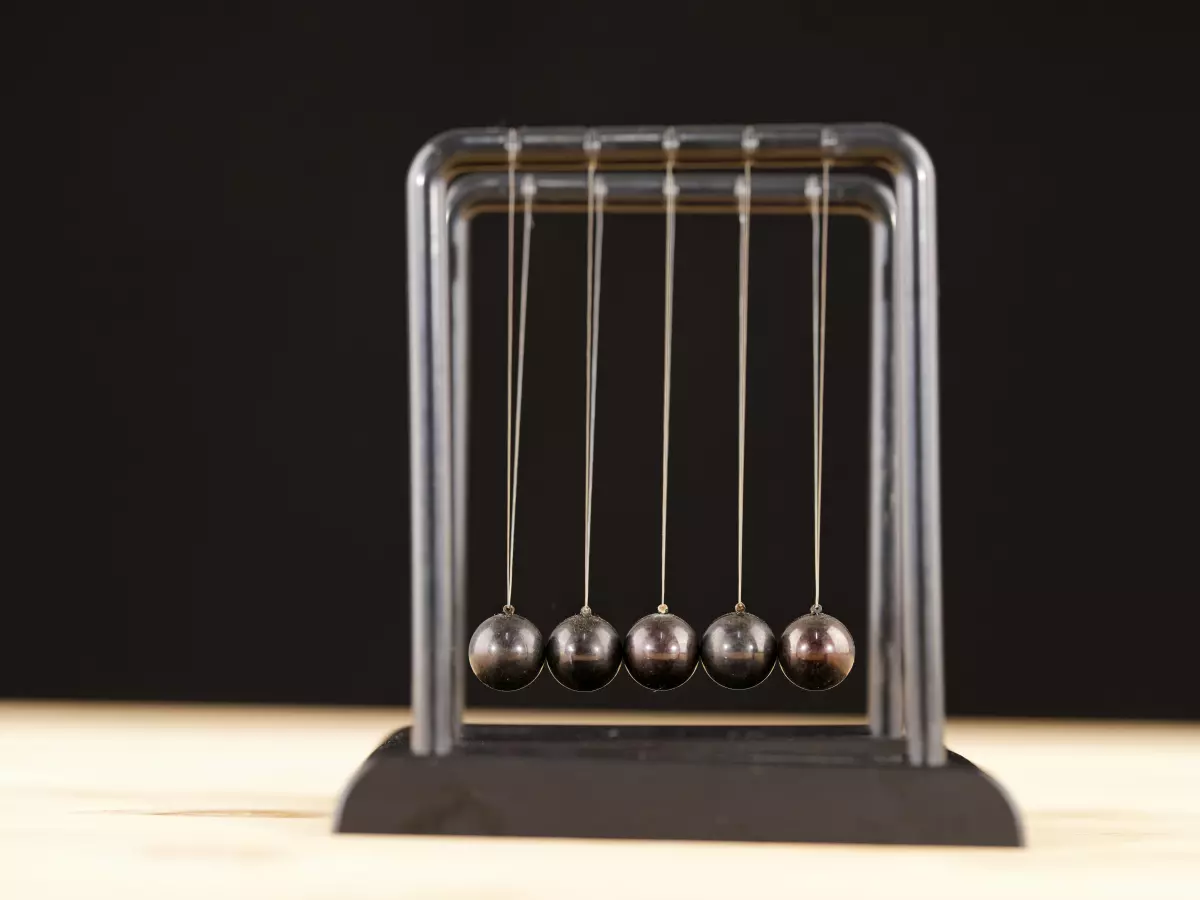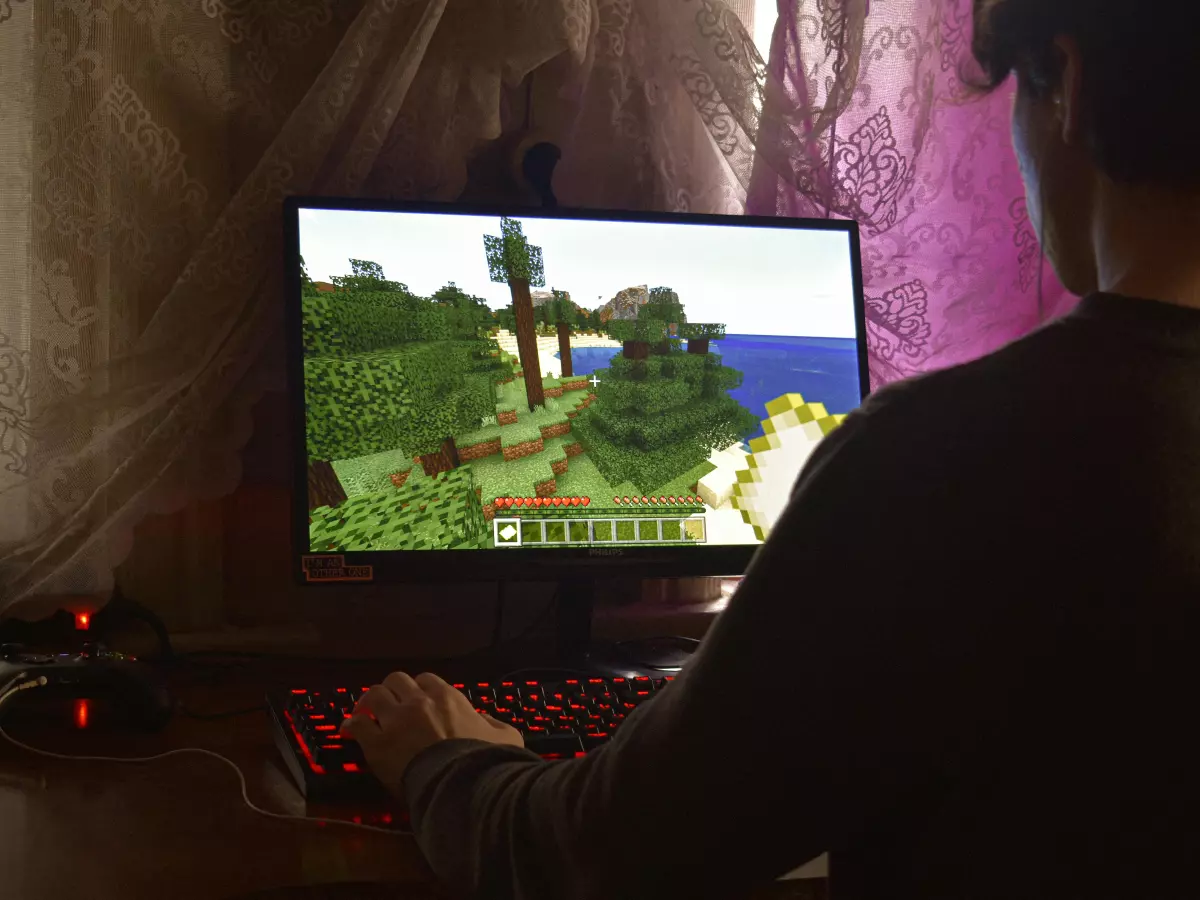Hair Physics in Gaming
Ever noticed how your character’s hair looks like it’s been glued together, even when they’re running at full speed? Yeah, me too. It’s like the hair’s got a mind of its own, and not in a good way. But before you start blaming the developers for giving your character a bad hair day, let’s dig into why real-time hair physics is one of the toughest nuts to crack in game development.

By Nina Schmidt
Picture this: You’re playing your favorite open-world RPG, and your character’s hair is flowing in the wind as they gallop across the plains. Except, wait—it's not. Instead of those luscious locks moving naturally, they’re stiff, clumped together, or worse, clipping through the character’s armor. Why? Well, it turns out that hair physics is one of the most complex problems in gaming. And no, it’s not because developers are lazy—it’s because hair is a nightmare to simulate in real-time.
Here’s the thing: hair isn’t just one object. It’s thousands, even millions, of individual strands, each with its own movement, weight, and interaction with the environment. To make it worse, hair strands interact with each other, tangling, bouncing, and swaying in ways that are incredibly hard to predict. Now imagine trying to simulate all of that in real-time, at 60 frames per second, without turning your gaming rig into a toaster. Yeah, it’s a tall order.
Most game engines use simplified models to handle hair physics. Instead of simulating every strand, they treat hair as a series of clumps or “hair cards.” These cards are flat textures that behave like larger, more manageable chunks of hair. It’s a clever trick, but it comes with limitations. Hair cards can’t replicate the fine details of individual strands, and they often look stiff or unnatural, especially in fast-moving scenes.
Another challenge is how hair interacts with other objects. In the real world, hair moves when you turn your head, gets caught in the wind, and bounces when you run. But in games, hair often clips through armor, weapons, or even the character’s own body. This happens because simulating hair collisions in real-time is computationally expensive. Developers have to choose between making the hair look good or keeping the game running smoothly. Spoiler alert: they usually choose the latter.
So, what’s the solution? Some developers are turning to hybrid approaches that combine real-time physics with pre-baked animations. This means that while your character’s hair might move dynamically in certain situations, in others, it’s following a pre-set animation to avoid the dreaded clipping. It’s not perfect, but it’s a step in the right direction.
Looking ahead, advancements in hardware and software might finally give us the realistic hair we’ve been dreaming of. Technologies like NVIDIA’s HairWorks and AMD’s TressFX are already pushing the boundaries, allowing for more detailed and dynamic hair simulations. But even with these tools, real-time hair physics remains a massive challenge, especially in large, open-world games where resources are already stretched thin.
In the end, the struggle with hair physics boils down to a trade-off between realism and performance. Developers have to make tough choices about where to allocate their resources, and unfortunately, hair often takes a back seat to more critical elements like character animations, lighting, and AI. But as gaming hardware continues to evolve, we might finally see the day when our in-game characters can have hair that flows as naturally as it does in real life.
Until then, we’ll just have to live with the occasional bad hair day in our favorite games. But hey, at least it’s not as bad as the early 2000s, when hair looked like a plastic helmet glued to your character’s head. Progress, right?
Fun fact: Did you know that the average human head has about 100,000 hair strands? Now imagine trying to simulate that in real-time. Yeah, no thanks!





